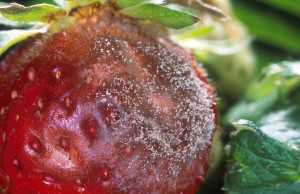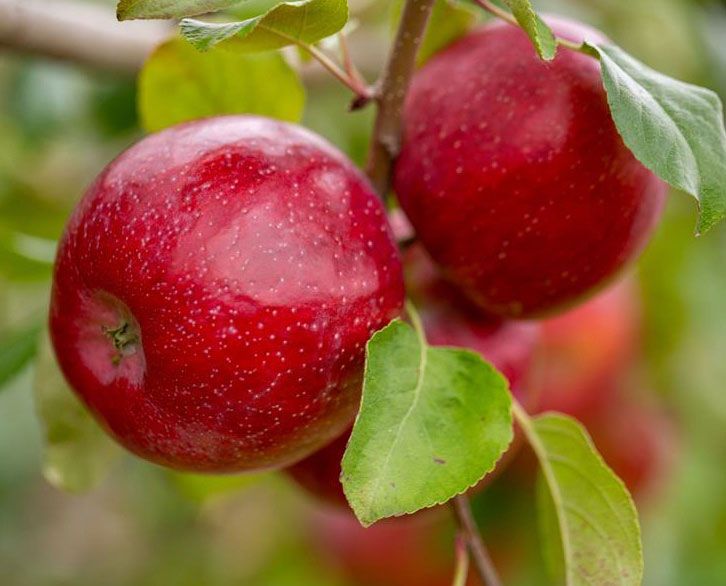Research Grant Aims To Reduce Produce Postharvest Waste
More than half of all fresh produce in the U.S. is wasted every year, the vast majority due to retailers and consumers throwing out fruits and vegetables gone bad after being at the store or home for too long. Jeffrey Brecht is the leader of one of two research groups at the University of Florida that studies postharvest handling. He has been awarded grant money by the National Strawberry Sustainability Initiative to reduce waste after crops make it to the retail level.
“I’m very excited,” said Brecht, a UF/IFAS horticultural sciences professor. “It’s a nice coincidence that this sustainability initiative focuses on not just reducing postharvest waste but strawberries in particular.”

The $180,000 grant aims to reduce postharvest strawberry waste with more intelligent distribution management and Brecht’s team’s temperature tracking methods. A move toward first expired-first out distribution could lead to savings and greater satisfaction for consumers. This project is funded by a grant from the Walmart Foundation and administered by the University of Arkansas System Division of Agriculture’s Center for Agricultural and Rural Sustainability.
Most stores use a first in-first out distribution method, but over the past decade, Brecht and his colleagues have found this system often increases the possibility of consumer waste. Strawberry shipments with short shelflives are kept in storage while longer-lived ones that could wait a few days are put out first. The result is fruit that goes bad soon after consumers buy it.
Brecht’s colleagues on the research team have created a shelflife model that takes into account variables such as temperature at time of harvest, heat exposure during the unloading of shipments, and cooling systems in distribution centers and stores.
The team will measure temperature variability in at least 15 Walmart strawberry shipments from Florida and California to different parts of the country and use their shelflife model to determine which shipments should be put on store shelves first. They will then use consumer surveys to measure their satisfaction with the strawberries’ quality.
“A lot of the time you have strawberries on display that look really good, but are not necessarily of great quality,” Brecht said. “With better distribution, we hope for more long-term quality so the fruit will actually be eaten.”
Source: UF/IFAS news release










